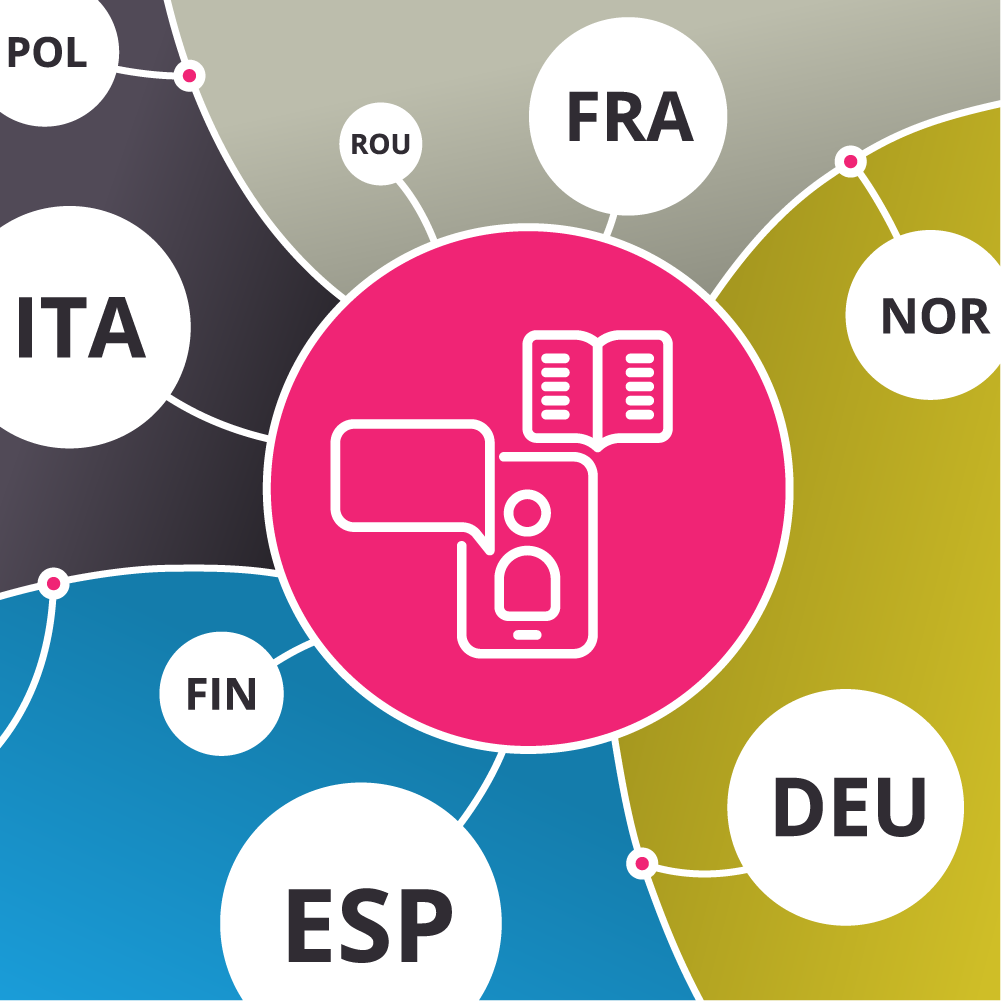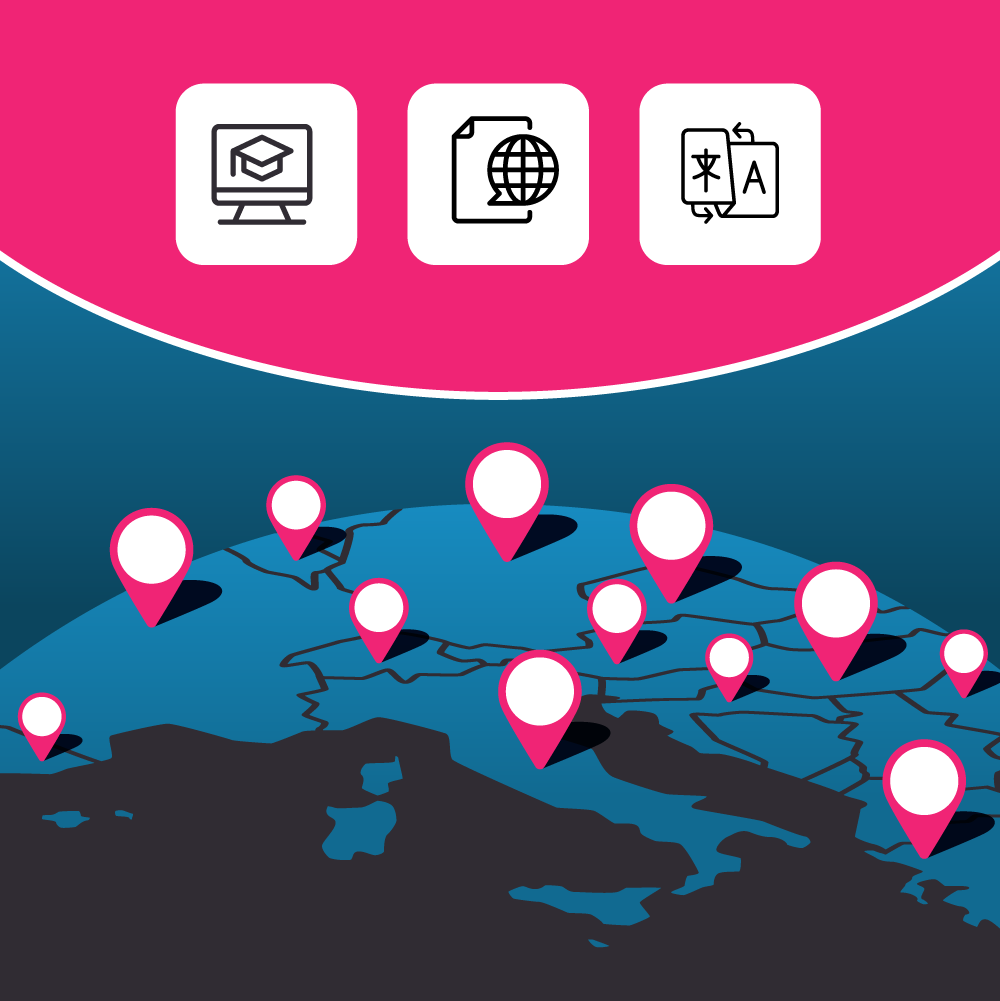Translation and Localisation - Working as a team and understanding key considerations
At PHM, we are all about empowering people and igniting change. Our materials need to reach a global market audience therefore Translation and Localisation of our materials is vital to be able to achieve this. All Learning and Development content we create is built with localisation in mind and must be suitable for markets wants and needs to reach a wider audience.
Working with 22+ language versions, it is very important for us to have our content translated for our materials to be available in specific languages and formats, so they are suitable for the end users.
Translation is the process of translating text or words from one language to another. The original message must be kept and clearly communicated so that it is not misinterpreted. Good quality translations should also keep the same tone and feeling as the original PAN European version.
However, it is crucial to think beyond simple translation…
Localisation is the process of adapting a product to meet the specific needs and preferences of different cultures, languages, and moulding the content to suit the expectations for the local markets. This includes tailoring content for a specific audience to make it more fitting, which involves a deeper level of adaptation. This process is crucial so that all of our content feels like it belongs and resonates with those we are trying to reach. It is also vital to keep the key messages and objectives that the content was designed to achieve when undertaking the localisation process.
There are some important considerations we need to keep in mind when developing our content so that the translation and localisation process is as smooth as possible for the team. First, along with the learning objectives and purpose, we need to decide on the format the material should be, whether this be an interactive guide, video, article, eLearning etc. and as a team we must ensure that the following points are considered from the very start of a project:
Language
To be clear and concise.
Easy to read, understand and translate.
Ensure colloquialisms or slang are not used.
Ensure acronyms are mentioned in full at least once with the acronym in brackets.
Considering that ellipses/symbols/speech marks are not used consistently across all market languages.
Using symbols correctly, such as subscript, superscript and trademark.
Space
Ensuring 1/3 of additional space is available for text.
Allowing enough time for reading text onscreen within videos.
Keeping in mind that for some languages the translation will increase the length of the sentences, or the time needed to read them.
Ensure the layout is appropriate for images / visuals to fit where required.
Relevant for all markets
Must be developed to target all markets.
Should be easily adaptable to make it market specific.
Ensuring no English text is visible in images.
Ensure figures used are relevant for all markets and specifying if not.
The importance of localisation cannot be understated, and teamwork is an essential part of the process. We work together as a team with our clients and colleagues all around the globe to ensure that our translated and localised materials are conveying the key messages that they set out to do and using the most efficient approaches to localise materials daily.
Often translation and localisation are confused for the same thing, but localisation is an undertaking that goes beyond just the translation of text. It could include modifying a range of features to suit the target market. Key considerations and requirements for localisation updates are:
Product specifications
Text preference
Translation corrections
Legal / Critical local updates
Prices and Figures
Measurement units
Images
Video footnotes
Graphic updates
Links
These important changes are critical to ensure the end users are understanding and using the materials appropriately and with purpose. Our collaborative approach ensures seamless adaptation across markets and regularly monitoring our localisation process is important within the team. We understand that recommendations and making necessary adjustments is essential for continued success and growth.


